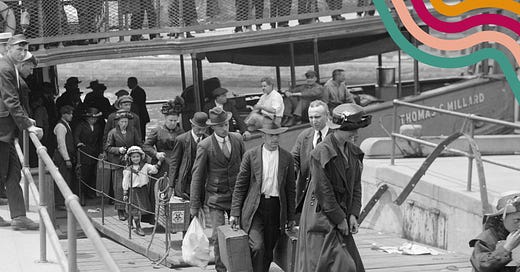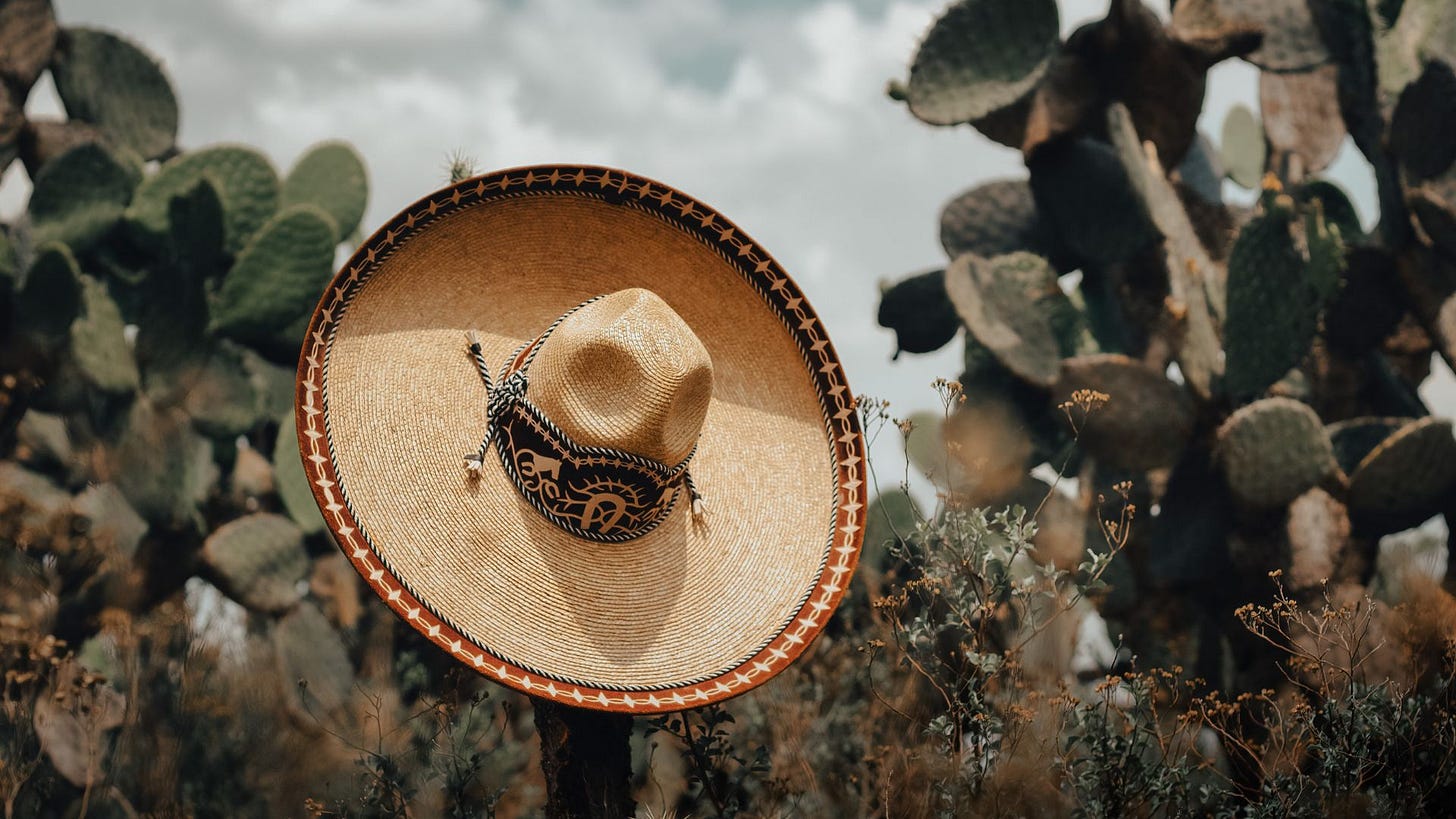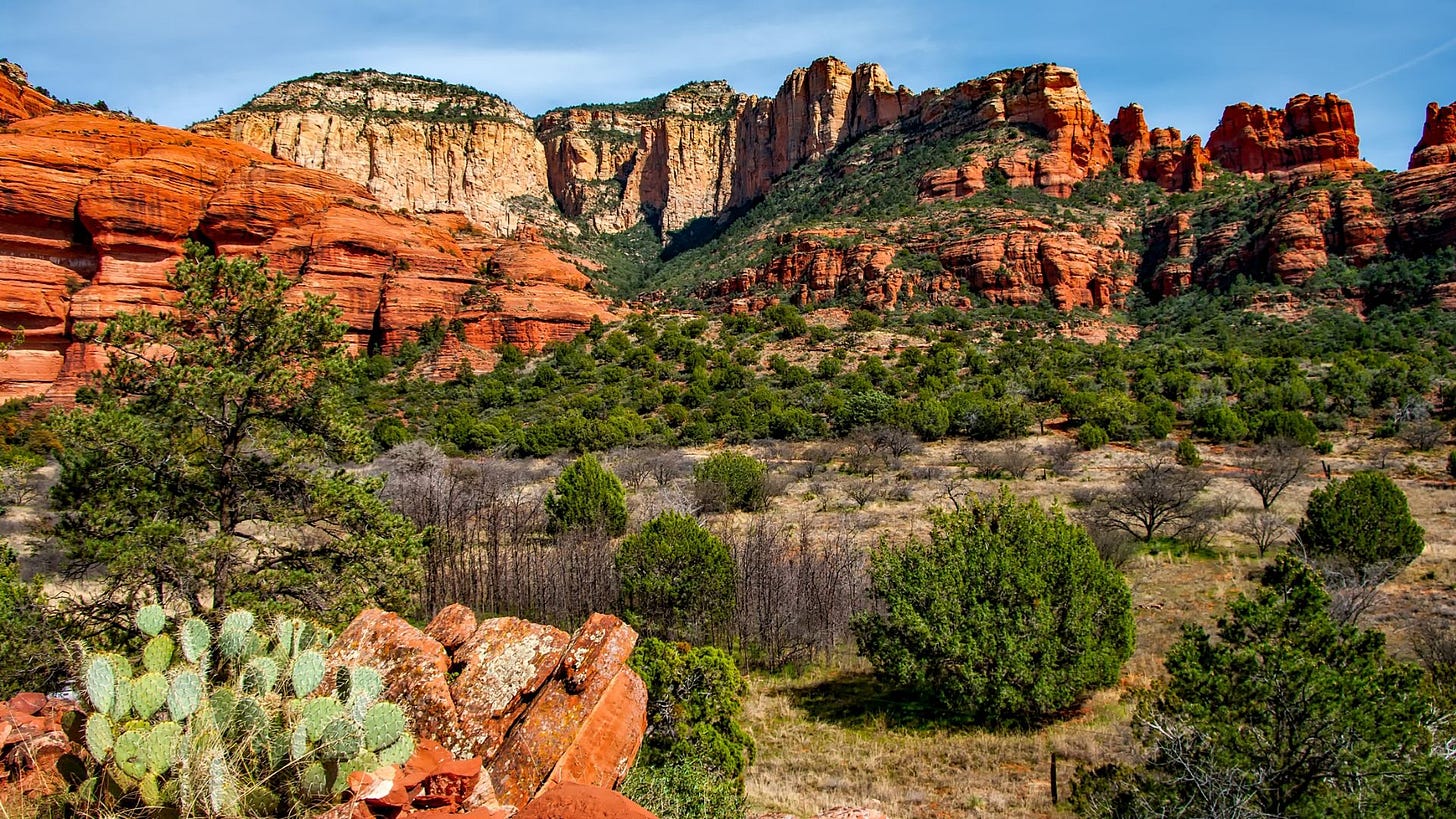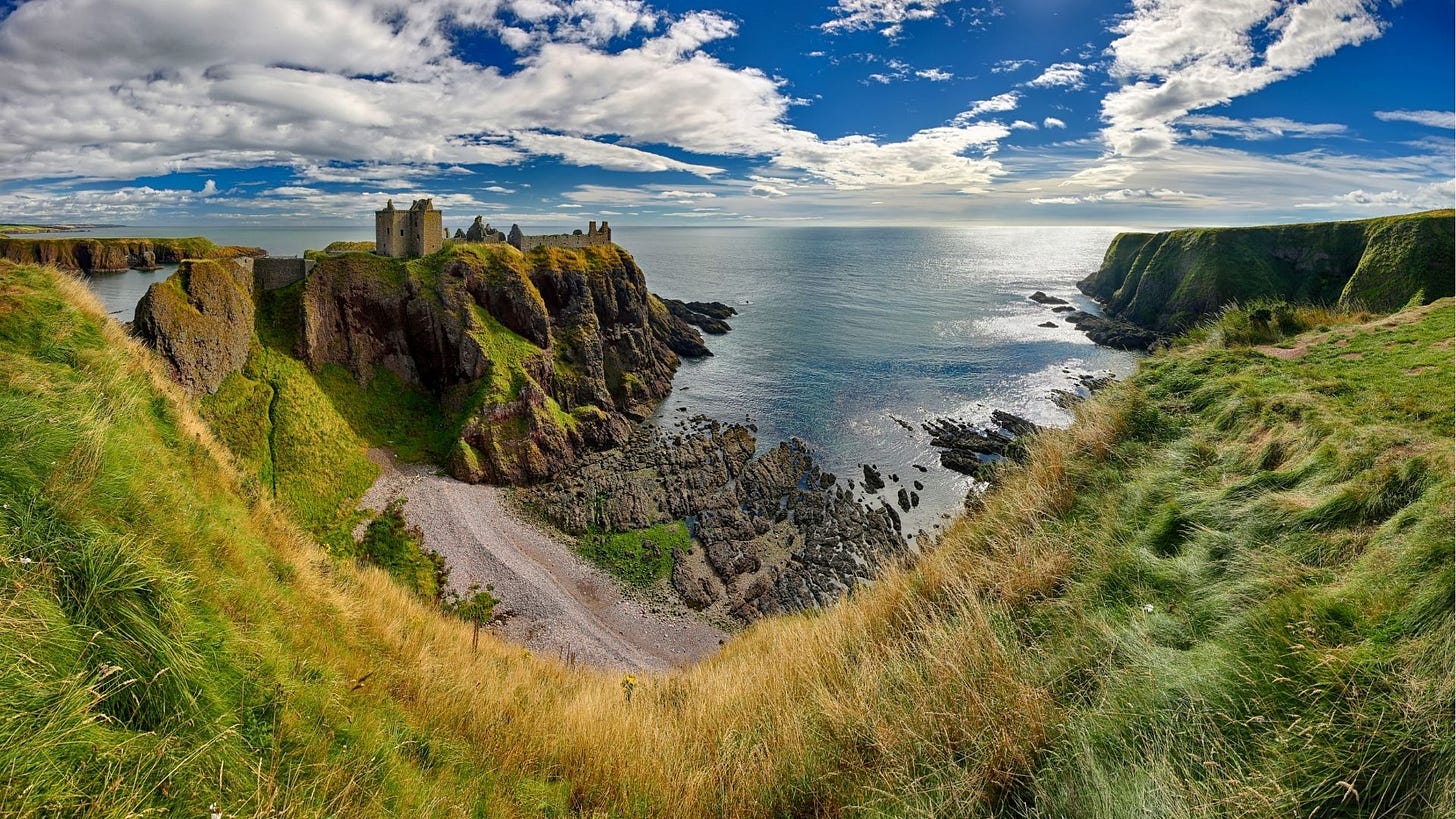I’ve been living in Scotland for the last 2.5 years. I’m an immigrant. Not to be confused with the trendy term expat.
Expat, a label widely used by Western whites, sounds more friendly, modern, and less threatening than immigrant or migrant because, in recent history, these terms have become (somewhat) the Voldemort of political rhetoric. However, these labels basically mean the same thing. An expat moves to a new country for a limited time for work or retirement. An immigrant intends to settle, and a migrant may have no choice but to leave their home due to political unrest, poverty, or some other serious situation. All in all, these labels ultimately describe people who are living outside their native country.
Being native (implying birth or origin in a place or region) is a term many wear with pride. In my home state of Colorado, many have capitalized on this notion by selling bumper stickers and T-shirts with the word ‘Native’ against a mountain skyline. I think most people display these tokens to not only show their state pride but to ensure transplants understand “their place.” But some would argue that no one is truly native to a land as most scientists would agree that all human origins originated from Africa. Some people have just lived in specific areas longer than others; those indigenous to an area before colonists.
The human race has been migrating since the upper Paleolithic period but the term immigrant didn’t exist until the late 18th Century because it’s just what we did. Humans have historically roamed to find better geographic locations that could provide plentiful harvest, shelter, and labor opportunities. As well as, to escape slavery or conquest. Many have had no choice but to relocate due to war or displacement, such as a refugee or asylum seeker.
I come from a long line of immigrants. My ancestors on both sides traveled far and wide, through harsh climates, land, and water masses, to find refuge in the “home of the free,” - where the largest number of immigrants currently make up over 14% of the total population, and are sadly at the forefront of a hateful regime. I often wonder why my ancestors left their homes and their native lands. What was it that drove them West? The promise of freedom or opportunity, or were they escaping something else?
I know my paternal grandfather’s grandparents immigrated from Italy post-WW1, and I’ve recently found out his mother’s side were first settlers, arriving on the Mayflower from England and Scotland. I don’t know much about my father’s mother’s side but according to my DNA, they too were from Western Europe. I wish I could ask what drove them to embark on such a long journey —across the Atlantic to the United States, but I’m not sure it really matters.
As the previous UN Secretary, Ban Ki-Moon, once said, “Migration is an expression of the human aspiration for dignity, safety, and a better future. It is part of the social fabric, part of our very make-up as a human family.” This sentiment is reiterated in Article 14 of the Universal Declaration of Human Rights which states, “Everyone has the right to seek and enjoy asylum from persecution in other countries.”
My maternal side is predominantly Native American (Indigenous Mexican) and Spanish. Our ancestor’s journey was based more on the dichotomy of colonialism and persecution that occurred in what was once Mexico and now belongs to the Southwest United States. This, as I have written about before, is the culture I feel the closest and often the most distant to.
Like me, there are over 33 million Americans who have reported their multiethnic heritage during the 2020 Census, however, “there is evidence that genetic ancestry could actually produce a higher number.” The reality is, that most people don’t really know what they are. Many have grown up being told one thing to only later find out — usually after a DNA test, that they are something else entirely. One of my favorite mini-documentaries about this was from Momondo and if you haven’t seen it, I highly recommend it.
23andMe has a wonderful chart that shows how DNA is distributed, but we roughly inherit 50% of our DNA from each of our parents. And by seven generations back, we inherit less than 1%. For a while, I worried that because I don’t have children my DNA would no longer be carried. That I was just a temporary mile-marker in a distant land - a footprint that would fade in the story of my people. But recently, through my DNA, I’ve learned I’m connected to ancient human archaeological remains from Turkey and Spain. I have carried a part of them with me — through Europe, overseas, and back again. Even without children, I’m still an extension of my people’s story.
Since moving to Scotland, I’ve been thinking a lot about family migration and how nature and landscape play pivotal roles in our lives. What stories are left behind, whispered between mountainsides and riverways, in the soil, and in the essence of a place when we migrate? What does place mean in terms of immigration and memory?
Memory can help us maintain our sense of place. It can ignite our collective memory. Bring us together to celebrate, remember, or praise. For example, “Native Americans believe a spirit of a place is embedded deeply within us; we are intrinsically connected to something larger than ourselves,” (Jones). I imagine this is why we commemorate land and build shrines and statues. It’s the reason we install a park bench where we used to fish with our grandfather. Why we spread the ashes of our loved one at their favorite lake. And why we hold war reenactments and religious or traditional ceremonies. A land’s importance, its true value — outside capitalistic and colonialist greed, is dependent on collective memory and our connection to it.
During the Age of Mass Migration, between 1850-1913, the United States experienced a population boom due to European immigrants coming in at an unprecedented rate. This is coincidentally around the Gilded Age of America (1865-1902), a period our current/new administration is keen to have us return to. This period is highlighted by immigration abuse, slavery, dangerous labor expectations, lack of women’s rights and the focus on domestication, the relocation of Native Americans, political corruption, inequality, and poverty.
It was during this time that many feared immigrants wouldn’t assimilate but “preserve their old ways of life, keeping to themselves at arm’s length from the dominant culture.” This was due to fear-mongering in political propaganda and social rhetoric. It was about control, fear, and hate, but “evidence is clear that assimilation is real and measurable, that over time, immigrant populations come to resemble natives, and that new generations form distinct identities as Americans. (Abramitzky, Stanford University).” We would all benefit from remembering this, and our diversity has always been our strength, not a weakness.
It’s never easy to move to a new country, whether one chooses to do so or not. Even if you speak the language of your new home, the customs, food, and slang are never the same, but many people try their best to assimilate in conventional and public ways.
As immigrants, we accept our new course by uncovering familiarity in the landscapes where we find accommodation. We search for similarities, probing our memories for any nostalgic reminders of our home. Is this place the same or vastly different, and what makes it so? Initially, the vastly different may appeal, but once the newness wears off, we seek the familiar. We search for what feels like us.
There are things I miss about Colorado, but I see the flat top of the Colorado Grand Mesa in the Isle of Skye’s Healabhal Mhor hill. I recognize the red soil in the mountains of West Lothian, how they remind me of Glenwood Springs Canyon, one of my favorite drives from back home.
It’s the landscapes of my new home - a home I truly love, that keep me connected when I feel aimless or lost, or when I question if I belong or not. The terrain keeps me connected to who I am, and who I’ll always be. Earthlines confirming I’m still part of the Sentinel Peak in Tucson, Arizona where I was born, the valley of Delta Colorado - the Gunnison and the Uncompahgre rivers where I was raised, and now to the central belt of Scotland where I’m evolving with my wonderful partner in new mountainsides.
When I think about the evolution of one’s spirit, it is the landscapes — the places we reside that provide us solace. An internal knowingness that we all are — in some way — led by heart lines and mountain calls until we find our place even if that’s not the place we call our homeland.









EXCELLENT! The writing, the sentiments, the observations, the quotes. It was so interesting and thought provoking. You are becoming a great writer. I miss you my friend but at least I can interact with your mother. Love, Nina
Wonderful article Felicia - your writing is like beautiful lyrics on a page...❤️